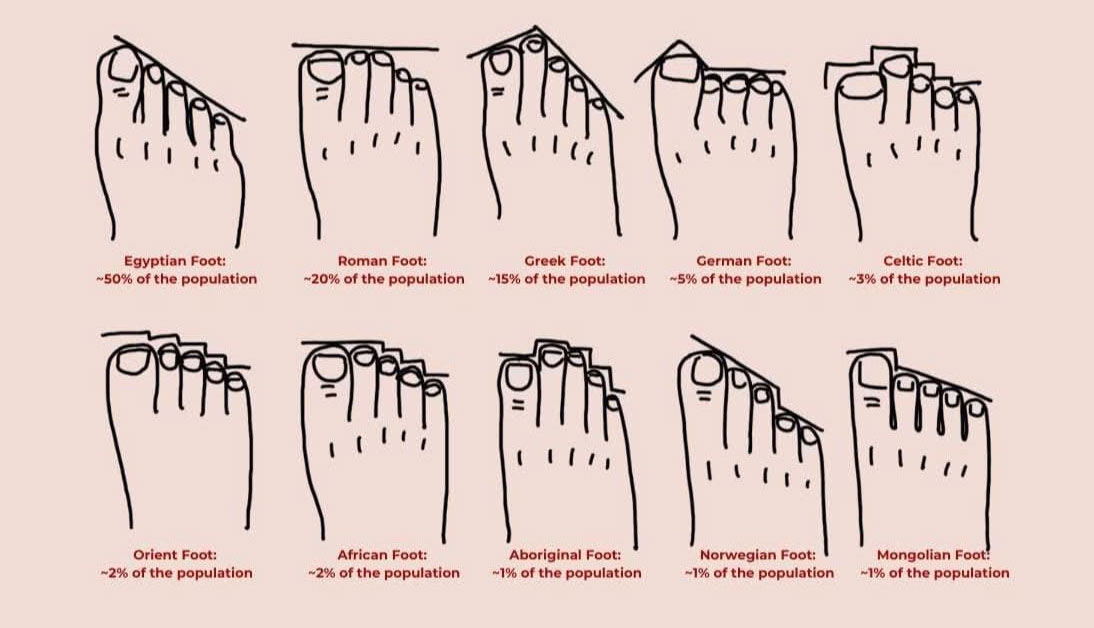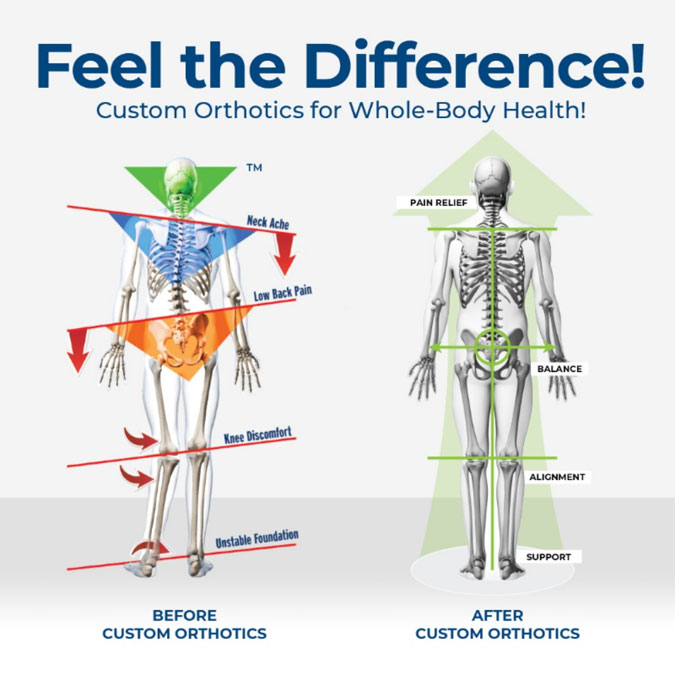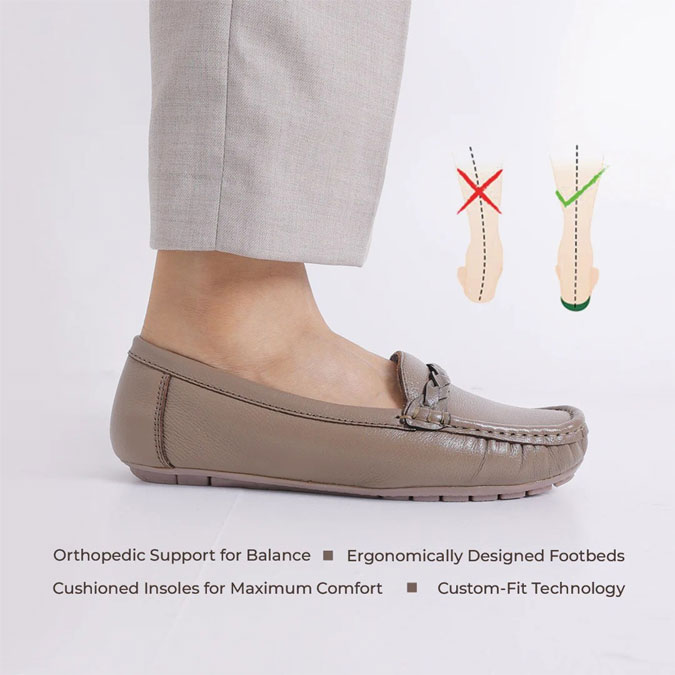Foot Type Info
Normal Foot
A normal foot has a moderate arch in the middle. This arch helps absorb shock and supports your body weight evenly when you walk or stand. It allows for proper alignment of the ankles, knees, hips, and spine, reducing the risk of pain or injury.
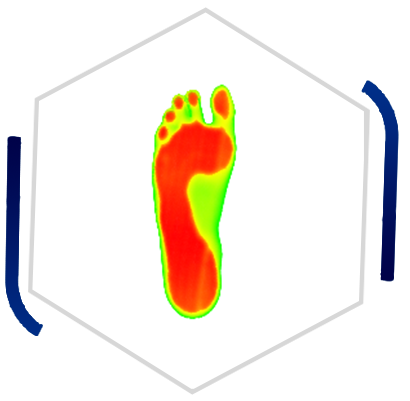
Foot Health Problems
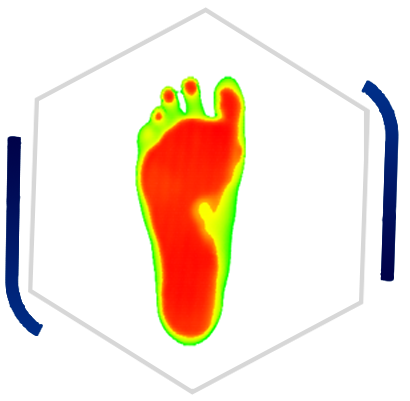
Flat Foot (Pes Planus)
Flat feet occur when the arches are very low or completely collapsed, causing the entire bottom of the foot to touch the ground. This can lead to the foot rolling inward (overpronation), which may cause pain in the feet, ankles, knees, or lower back. It can be present from birth or develop over time due to age, injury, or muscle weakness.
High Arch (Pes Cavus)
A high arch means the middle of the foot is raised more than normal. This reduces the foot’s ability to absorb shock, placing too much pressure on the heel and ball of the foot. People with high arches may experience pain, frequent ankle sprains, or develop calluses and foot instability.
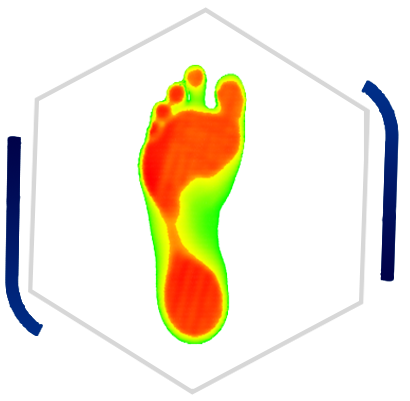
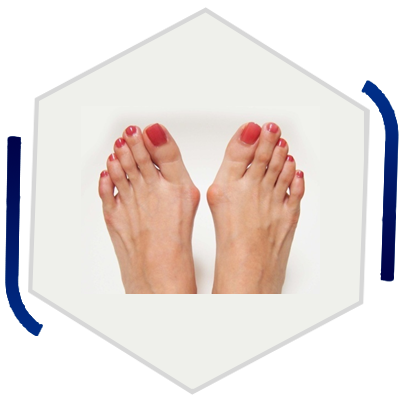
Hallux Valgus (Bunion)
Hallux valgus is a deformity of the big toe, where it shifts sideways toward the second toe. This misalignment causes a prominent, often painful bump (called a bunion) to form at the base of the big toe on the inner side of the foot. It may be caused by genetics, tight or ill-fitting footwear, or biomechanical imbalances. Over time, this can lead to pain, inflammation, and difficulty walking or finding comfortable shoes.
Varus and Valgus Deformities
Varus and valgus are terms used to describe the angle of bones or joints. In a varus deformity, the limb or joint angles inward-like in bow-legged knees or a foot that shifts its weight to the outer edge. In contrast, a valgus deformity refers to an outward angling-such as knock-knees or a foot that rolls inward (overpronation). These misalignments can alter gait patterns and increase the risk of joint pain or injury over time.
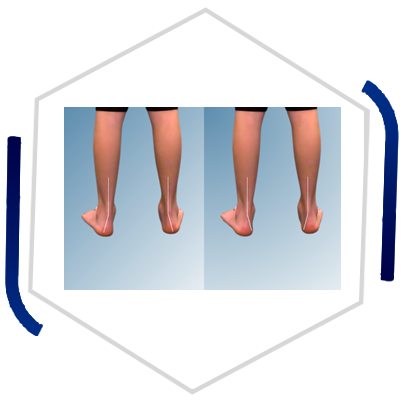
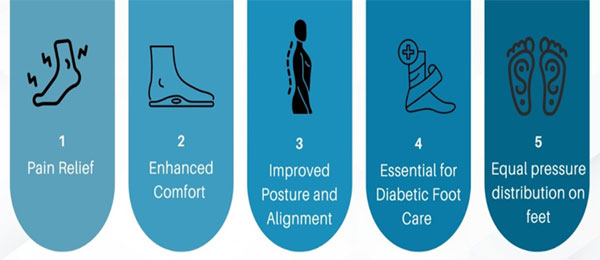
Health Benefits of Customized Footwear after taking Remedies
- Improves foot alignment, posture and biomechanics.
- Optimize arch support, Provides pain relief and enhanced mobility.
- Reduces long-term musculoskeletal risks.
- Promotes awareness of foot health.
- Enhances accessibility to personalized healthcare solutions.
Toe Types
